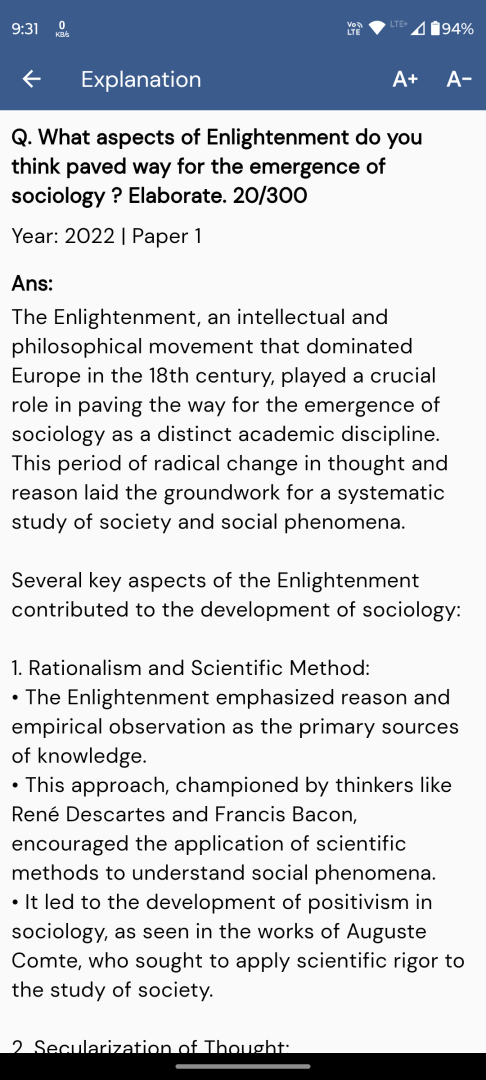Q. According to you, which social reform movement has played the most effective role in uplifting the status of women? Explain.
UPSC Sociology 2025 Paper 2
Model Answer:
Social Reform Movements and Women’s Upliftment
Among various social reform movements in colonial India, the Satyashodhak Samaj led by Jyotiba and Savitribai Phule stands as the most effective in transforming women’s status through its radical intersectional approach and emphasis on education as liberation.
The Phules pioneered the recognition of interconnected oppression. In Gulamgiri, Jyotiba Phule articulated how Brahmanical patriarchy doubly subjugated lower-caste women, linking gender liberation with caste annihilation—a perspective later echoed by feminist scholars like Uma Chakravarti. This holistic analysis addressed root causes rather than symptoms.
Education as Revolutionary Praxis
Savitribai Phule’s pioneering role as India’s first female teacher and founder of the first girls’ school (Pune, 1848) demonstrated education’s transformative potential. The Phules believed literacy would:
– Foster critical consciousness against oppressive traditions
– Enable economic independence
– Create self-reliant agents of social change
This sustainable model proved more effective than mere legislative reforms.
Comprehensive Grassroots Initiatives
The movement’s practical interventions included:
– Establishing Balhatya Pratibandhak Griha for pregnant widows
– Organizing barbers’ strikes against widow tonsuring
– Promoting widow remarriage
– Campaigning against child marriage
Lasting Impact:
The Phules’ work laid the ideological and practical foundation for subsequent women’s movements. By attacking patriarchy’s structural basis through education and challenging caste-gender intersections, they created a blueprint for genuine social transformation that resonates even today in Dalit feminist movements.





